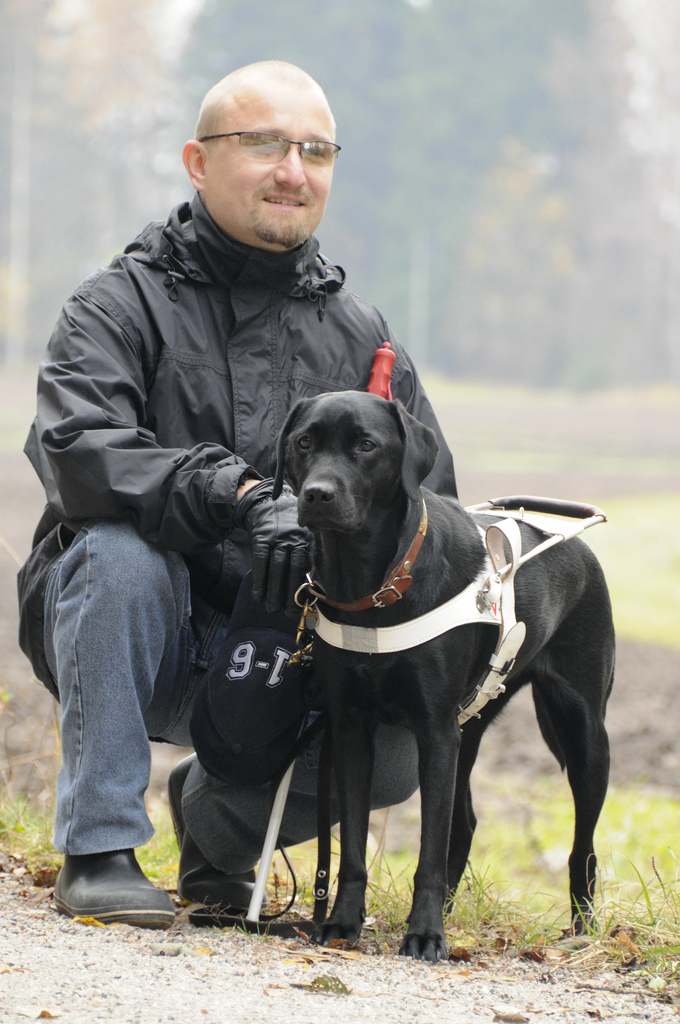In celebration of Autism Awareness Month we are thrilled to bring you this guest post from our colleague Bill Wong. Bill is an Occupational Therapist, speaker and Autism advocate who lives and practices in California. For more information on Bill please check out his recent Ted Talk: “Fighting On: Overcoming Autism Diagnosis.”
Employment for Autistic Individuals
Guest Blogger: Bill Wong, OTD, OTR/L
Unlike many occupational therapy experts in autism, my expertise in autism comes from a combination of clinical and theoretical knowledge and my lived experiences as an autistic individual. Since I was diagnosed in 2010, I have been working on trying to understand my lived experiences from an occupational therapy perspective.
Employment can be tough for autistic individuals. There are 3.5 million autistic individuals out there in the United States, myself being one of them. Of the 3.5 million autistic individuals, 35% have never held a job, and before occupational therapy, I was part of that statistic.
Fast forward to my occupational therapy career, my first occupational therapy job lasted 3 months and I had an unsuccessful attempt at private practice for 8 months. That said, I am now employed for 7+ months in the skilled nursing facility setting and poised for a pretty good performance review if I were to have one today.
What have I really learned?
1. Networking is really important. Every real connection in your life counts. You never know when will these connections come into play. If you are a parent of a young autistic child, encourage them to learn to play with other children or join extracurricular activities where they can be with others and make friends. If you are a parent of an autistic adolescent or adult, encourage them to make some close friends that they can rely on in the future. As an autistic individual, I understand that making connections spontaneously can be difficult. However, inviting them to participate in social opportunities that interest them can be a good start for facilitating such connections.
2. It is important for autistic individuals to know about themselves well– from their strengths and weaknesses, to sensory preferences, to their abilities in stress and anxiety management. Unless autistic individuals are in supported employment or sheltered employment, they won’t have access to support workers around them constantly. Understanding such things can help maximize the length of time these individuals are employed, or leave on their own terms if better opportunities come along.
3. Don’t overlook volunteer opportunities or internships. Autistic individuals can learn about working as a team and many other job related skills. Expectations might be lower than an actual job. However, they can be important job-skill building experiences prior to actual paid employment.
4. Social media can be a double edged sword for autistic individuals. On one hand, it can be an avenue to develop strong professional networks and support systems. On the other hand, it can be a key reason why autistic individuals might not get employed if their employers study their social media accounts. For autistic individuals, that means they have to be aware of their social interactions online so that they don’t put themselves in disadvantages that they are not aware of.
5. Once employed, building rapport with colleagues is vital. That can set the tone on whether a job can be a successful and enjoyable one. In order to do so, this means autistic individuals must have at least adequate social communication and rapport building skills. Performance skill development will come with time at any job.
6. The first paid job can be learning experiences for future jobs. Getting fired or having to resign are not fun feelings. But reflecting upon objectively the reasons why can lead to opportunities to improve and make adjustments for the next job.
7. Mental flexibility is extremely important in many jobs. Job environments can produce many unpredictable situations. There also may not be enough time for transitioning from one task to another. Training autistic individuals how to deal with such from an early age will go a long way in preparing for their futures.
8. Working at a paid job doesn’t mean sacrificing all the things that are meaningful to you or can bring balance to your life. Having a job that can pay the bills is important. However, if this comes at an expense of not doing things that autistic individuals can either relax or serve as a change of pace for what they are doing, it may be is time to switch to a better job situation.
9. Never be ashamed to ask for help on job related matters– from people at the autistic individuals’ current jobs, to those in their social circles who are also working in the same profession. As an autistic individual, I understood it can be tough to ask for help, especially to my peers who have accomplished more than I do. That said, once I realized I was struggling in my current job after I completed my observations, I quickly turned to social media unashamedly asking my peers for help. My proactive actions helped me settled into the flow of my job within two weeks.
In conclusion, maintaining paid employment can be a daunting challenge for autistic individuals when they become adults. However, with great preparation in childhood and helping them learn generalizable skills will carry them a long way to succeed. Even if they have to learn these skills in adulthood like me, being intentional about attacking these problems can increase chances of successful employment.
photo care of: www.tedxgrandforks.com/press







